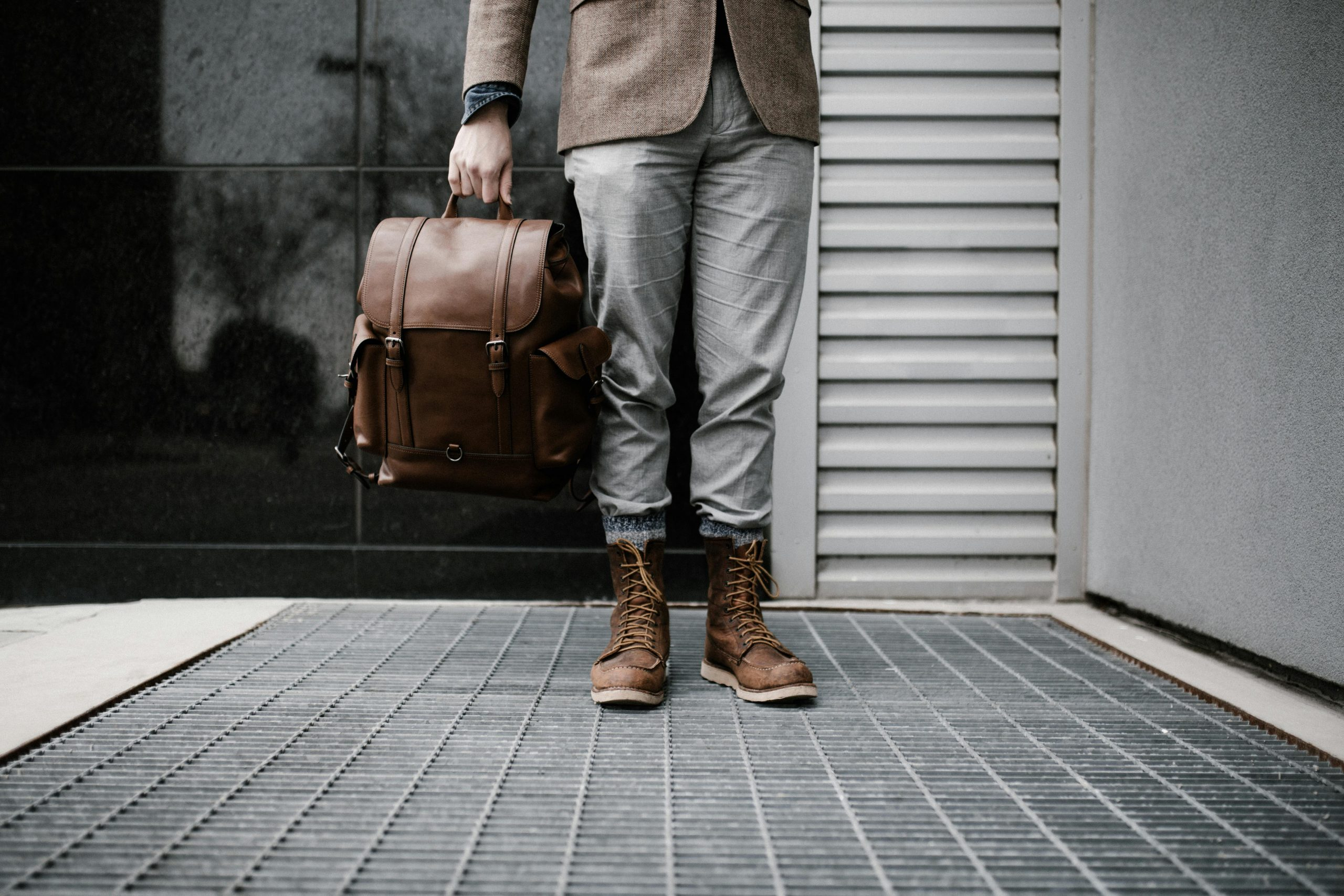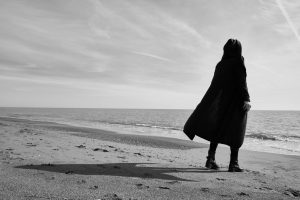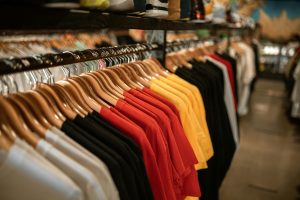Fashion Through the Decades: A Journey of Style Evolution
Over the years, fashion has evolved and transformed, reflecting the ever-changing cultural, social, and political landscape. From bell-bottoms and tie-dye in the 1960s to neon and shoulder pads in the 1980s, each decade had its unique fashion trends and styles that defined its generation. As we look back at the past, we can see how fashion has not only developed but also influenced and been influenced by the world around us. Join us on a journey through the decades as we explore the evolution of fashion and the impact it has had on our society.
The 1960s: The Rise of Youth Culture and Rebellion
The 1960s marked a pivotal moment in history as the world saw a shift towards a more liberal and progressive era. This cultural revolution was reflected in fashion, as young people rebelled against the conservative styles of the previous decade. The youth began to express themselves through fashion, rejecting the traditional gender roles and embracing a more casual and carefree look.
The Mod Movement
The mod movement emerged in the 1960s and was characterized by bold and vibrant colors, geometric patterns, and mini skirts. The mod fashion icons like Twiggy and Jean Shrimpton popularized the short hemlines and skinny silhouettes, breaking away from the traditional feminine styles of the 1950s. Men’s fashion also underwent a change with the rise of the iconic Beatles and their signature collarless suits.
Hippie Culture and Bohemian Fashion
The 1960s also saw the rise of the hippie culture, with its anti-establishment beliefs and free-spirited lifestyle. This was reflected in fashion as well, with the emergence of bohemian styles. Tie-dye, fringed vests, and flowy peasant blouses became popular, influenced by the Eastern culture. The hippie movement also brought about a new appreciation for natural fabrics and earthy tones.
The 1970s: A Time of Disco Fever and Expressionism
The 1970s was a decade of self-expression, disco fever, and economic growth. The fashion of this era was diverse, with various subcultures emerging and influencing the mainstream style.
The Disco Craze
The disco culture emerged in the 1970s, and with it came a whole new fashion aesthetic. Shiny and sparkly outfits, platform shoes, and big hair were all the rage on dance floors. Women embraced the glamorous and feminine styles, with high-waisted skirts, jumpsuits, and off-the-shoulder tops. Men also experimented with their fashion, sporting bell-bottom pants, large collars, and metallic colors.
Punk Fashion
The punk movement also emerged in the 1970s, with its unconventional and rebellious fashion. Safety pins, ripped clothing, and bold makeup were all part of the punk style, representing the anti-establishment attitude of the youth. This fashion trend was a way for individuals to express their individuality and reject mainstream ideals.
The 1980s: The Era of Excess and Power Dressing
The 1980s was a decade of power and excess, defined by the rise of the working woman, the culture of celebrity, and technological advances. Fashion in the 1980s was all about making a statement, and it was not shy about being bold and extravagant.
Shoulder Pads and Power Suits
Power dressing became the norm in the 1980s, with women wearing sharp and structured suits with padded shoulders. This style was a symbol of women entering the workforce and challenging traditional gender roles. The power suit was also seen as a way for women to assert their dominance and command respect in a male-dominated world.
Neon and Bold Colors
The 1980s was the decade of bright and bold colors, with neon being a huge trend. From fluorescent clothing to chunky jewelry, everything had to be vibrant and eye-catching. This trend was influenced by the emergence of music videos and the glamorization of pop stars like Madonna and Cyndi Lauper.
The 1990s: The Decade of Grunge and Minimalism
The 1990s was a decade of contrast, with both minimalism and grunge being popular fashion trends. The rise of individualism and the rejection of consumerism influenced fashion in the 90s.
Grunge Fashion
Grunge fashion was heavily influenced by the music scene of the 90s, particularly the grunge rock bands like Nirvana and Pearl Jam. The style was defined by oversized, layered clothing, plaid flannels, and ripped jeans. This fashion trend represented the anti-fashion attitude of youth culture, as they rejected mainstream styles and embraced a more DIY aesthetic.
Minimalism
On the other end of the spectrum, minimalism also became popular in the 1990s. This style was characterized by simple and sleek silhouettes, neutral colors, and classic pieces. The minimalist trend was seen as a rejection of the excess and extravagance of the previous decade and was a move towards a more understated and effortless look.
The 2000s and Beyond: A Blend of Past and Present
As we entered the new millennium, fashion became more diverse and inclusive than ever before. With the rise of the internet and social media, various subcultures and fashion trends gained exposure and influenced mainstream style. The blending of past and present became a defining feature of fashion in the 2000s and beyond.
Vintage Revival
The early 2000s saw a resurgence of fashion trends from previous decades, with a modern twist. Flared jeans, bohemian styles, and 90s grunge all made a comeback. This trend represented a sense of nostalgia and a celebration of the past.
Fast Fashion and Consumerism
The rise of fast fashion in the 2000s led to a constant influx of new trends and styles, making it easier for individuals to keep up with the ever-changing fashion landscape. However, this also led to concerns about the negative impact of consumerism and its effect on the environment.
Fashion is a reflection of our society, and as we continue to evolve and progress, so will fashion. The journey of style evolution has been a fascinating one, with each decade leaving its mark on the fashion world. As we look to the future, one thing is certain: fashion will continue to be a powerful form of self-expression and an ever-growing industry that shapes our culture and identity.










